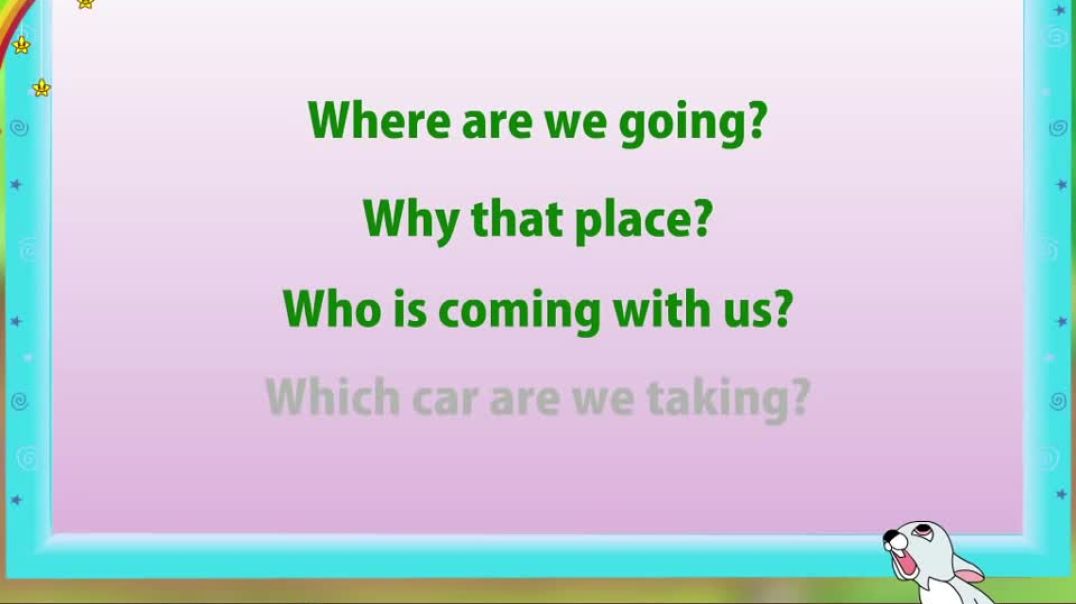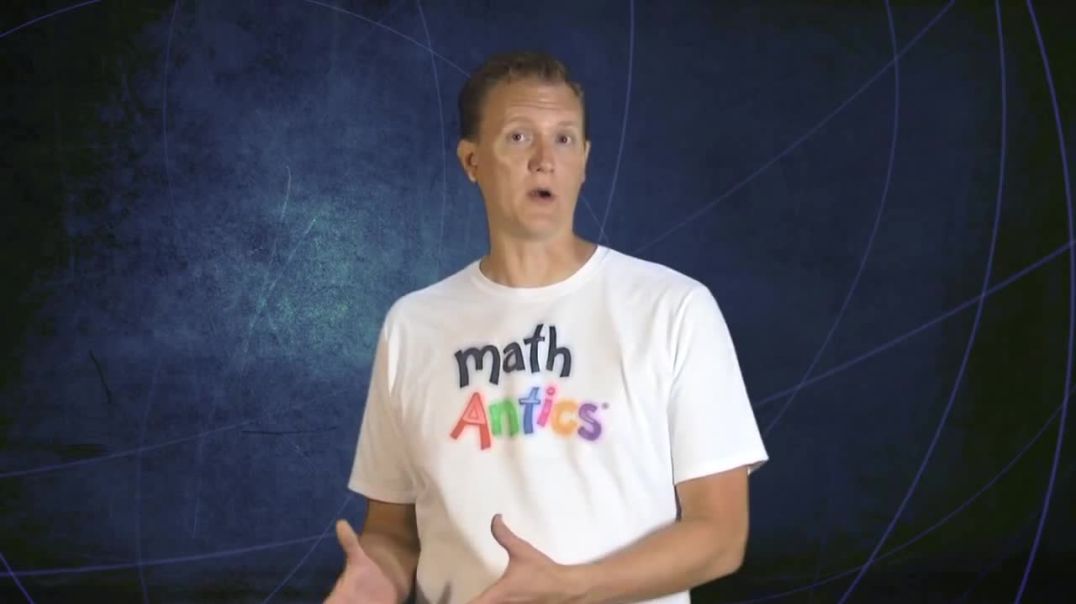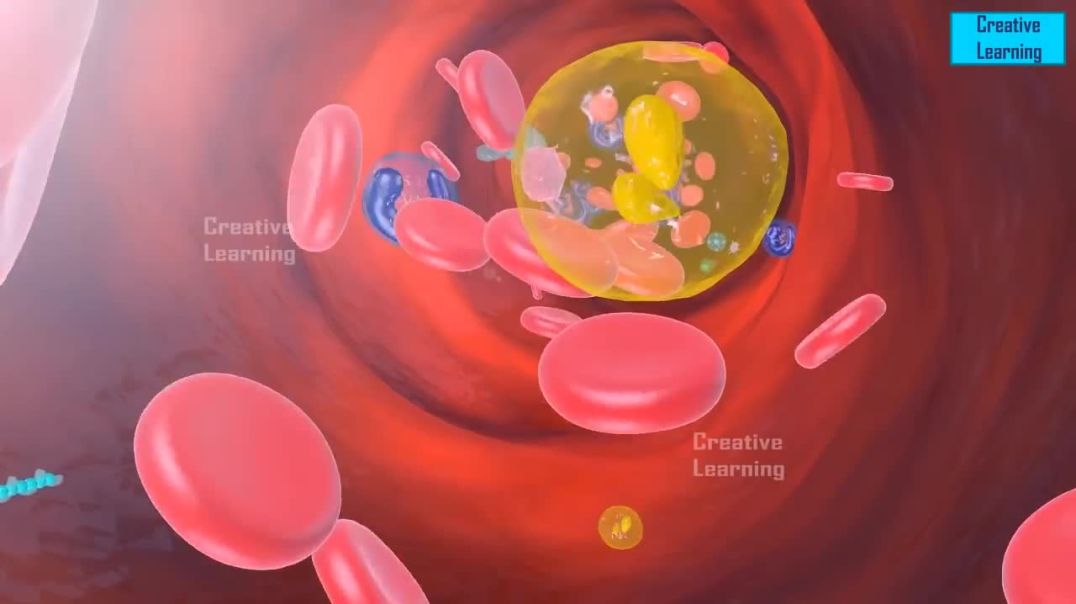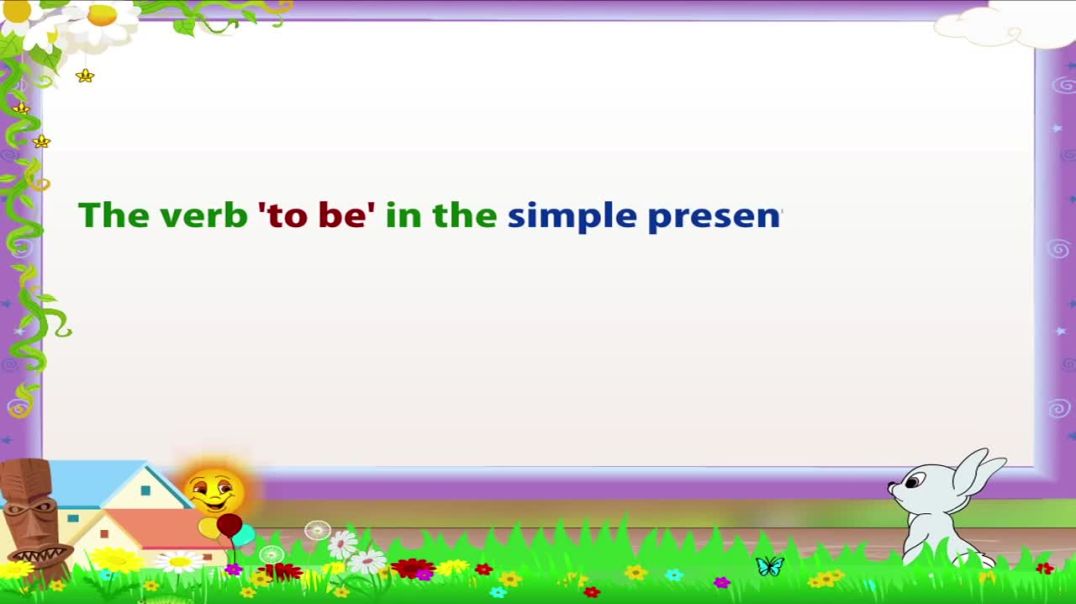Toppvideor
Sets
Block letters (known as printscript, manuscript, print writing or ball and stick in academics) are a sans-serif (or "gothic") style of writing Latin script in which the letters are individual glyphs, with no joining.
There are different types of nouns like common nouns, proper nouns, abstract nouns, collective nouns, concrete nouns and so on.
Your family members are also called your relatives. You have an immediate or nuclear family and an extended family. Your immediate family includes your father, mother and siblings. Your extended family includes all of the people in your father and mother's families.
Graphical representation refers to the use of charts and graphs to visually display, analyze, clarify, and interpret numerical data, functions, and other qualitative structures.
#UsageOfSemiColon
This video is part of a playlist having the following videos. Watch all of them in sequence for a better learning experience.
Enjoy learning :)
Video No.1: Punctuation(Part-1) - Capitalization and use of Period
https://youtu.be/5OIWd7A0Z6o
Video No.2: Punctuation(Part-2) |Period, Question Mark, Exclamation Mark
https://youtu.be/RnUuRAHZ9JA
Video No.3: Using Apostrophe
https://youtu.be/OfNMsrz9A-w
Video No.4: Usage Of Question Mark-Part-1
https://youtu.be/oiVrAnZhK5I
Video No.5: Usage Of Question Mark- Part-2
https://youtu.be/yakNPXHO2l8
Video No.6: Rules for Using Commas (Part- 3)
https://youtu.be/gnaikjslsho
Video No.7: Usage of Comma, Inverted Comma, and Apostrophe
https://youtu.be/LHHdMj-XUy8
Video No.8: Usage Of Hyphen
https://youtu.be/sr2dglU4feg
Video No.9: Usage Of Colon
https://youtu.be/EiUciRaXZ1I
Video No.10: Usage Of Semi-Colon
https://youtu.be/BLRTH4RpOyo
Video No.11: Three Types of Dash-Hyphen(-), En-dash (–), Em-dash(—)
https://youtu.be/Yjr7wYr8IHQ
Topics Covered:
• Semi-colon
• Using semicolon
• Where to use semicolon
• Semi colon usage examples
• How to use semi colon
• Punctuation rules semi colon
I hope you liked our video.
Kids should spend time watching informative videos and expand their knowledge day by day.
Kids retain what they see in audio-visual lessons so make them watch informative videos rather than cramming things.
If you want to learn any topic, please free to write to us, we will upload the video to help you out as soon as possible.
We can also create a customized u tube playlist for the topics you want to learn.
Your feedback is important to us.
Stay connected with us:
tutwayhelpdesk@gmail.com
YouTube: https://www.youtube.com/channe....l/UCL-KeqwBmYvEBpAiU
Facebook: https://www.facebook.com/tutway/
https://www.tutway.com/
About us:
Welcome to Tutway.
A unique platform where learning is fun.
Now there is no distinction between kids’ fun time and study time.
At Tutway, we believe in a very simple idea that audio-visual learning is the most effective tool for grasping knowledge. Many researchers have proven that kids learn a lot by playing interactive games and watching audio-visual animated lessons as compared to reading from books.
That's when Tutway comes to the rescue.
Tutway is a supplementary education program where kids can learn at their own pace. The students can watch animated videos that are so meticulously made that they can understand even the most complex concepts very easily. There is a question bank at the end of each video where students can answer those questions multiple times and test whether they have grasped knowledge completely or not.
We have information systems embedded in the program where parents can monitor real-time performance of their kids and get up to date information about their performance, including quizzes attempted and the marks got in each quiz, both in tabular and graphical formats. Regular reports are e-mailed to the parents so that the parents can analyze their kids’ performance.
If we want to learn high-level concepts, we should have a clear understanding of the basic concepts. For instance, if kids don't know about addition and subtraction, they cannot do multiplication, and if they don't know about multiplication, they cannot do division, and if they don't have knowledge of these four basic operations, Algebra cannot be done by them, and it goes on and on.
The same applies to the English language if kids don't have sound knowledge of grammar and vocabulary; it becomes extremely difficult for them to have their communication skills.
Knowledge of the scientific concepts is also required for observing physical, chemical, biological phenomena happening all around us.
That is why; Tutway has thousands of animated videos on Maths, English, and Science to clear the basics of these subjects. It perfectly suits most of the educational needs of most of the students, regardless of their learning abilities.
So hurry up, download the Tutway app and book a free-demo cl**** to make education interactive and fun experience.
An illustration is a decoration, interpretation or visual explanation of a text, concept or process, designed for integration in print and digital published media, such as posters, flyers, magazines, books, teaching materials, animations, video games and films. An illustration is typically created by an illustrator.
The haiku is a Japanese poetic form that consists of three lines, with five syllables in the first line, seven in the second, and five in the third. The haiku developed from the hokku, the opening three lines of a longer poem known as a tanka. The haiku became a separate form of poetry in the 17th century.
Force is an external agent capable of changing a body's state of rest or motion. It has a magnitude and a direction. The direction towards which the force is applied is known as the direction of the force, and the application of force is the point where force is applied.
Our young ones can learn about the following topics by watching this short educative video:
• What is a machine ?
• What is a simple machine ?
• What is a complex machine ?
• What are Pulleys ?
• What are the advantages of using a pulley ?
• What are Simple pulleys ?
• What are Compound pulleys ?
• What is a Movable pulley ?
• What is a Fixed pulley ?
Welcome to Tutway, a unique platform where learning is fun !
Now there is no distinction between kids' fun time and study time. Say goodbye to the days of cramming those dull and ponderous books, which made learning a tedious task. We believe in the straightforward idea that audio-visual learning is the most effective tool for learning. Many researchers have proven that kids learn a lot by playing interactive games and watching audio-visual animated lessons compared to reading from books. To understand the new concepts, Kids show more interest in adopting unique ways of learning. We have brought a programme that covers the crucial ideas and makes learning more stable that stimulates the critical thinking of the young learners !
Let's break away from our perception that adopting new learning concepts is challenging. You will find our website & youtube channel very user-friendly and interactive to gain knowledge. Even kids can access the content without constant parental supervision !
Site: https://www.tutway.com/
Email: tutwayhelpdesk@gmail.com
Facebook: https://www.facebook.com/tutway/
Question words, often called wh- words, are function words that can be used to ask open questions. Some words, such as who, which or where, can also be used to introduce relative clauses.
Learning to recognise words that they already know. Learning to sound out unfamiliar words.
A point is a location in space. It has neither shape nor size. A line is a connected set of points that extends infinitely in two directions. A plane can be defined by three noncollinear points, two parallel lines, or two intersecting lines.
Materials are the matter or substance that objects are made from. We use a wide range of different materials daily; these might include: metal. plastic. wood.
Definitions of body waste. waste matter (as urine or sweat but especially feces) discharged from the body. synonyms: excrement, excreta, excretion, excretory product.
Blood clotting, or coagulation, is an important process that prevents excessive bleeding when a blood vessel is injured. Platelets (a type of blood cell) and proteins in your plasma (the liquid part of blood) work together to stop the bleeding by forming a clot over the injury
A verb is a word that indicates a physical action (e.g., “drive”), a mental action (e.g., “think”), or a state of being (e.g., “exist”). Every sentence contains a verb. Verbs are almost always used along with a noun or pronoun to describe what the noun or pronoun is doing.
Describe yourself stating your full name and a brief introduction. Just give a small detail about your family.
Welcome to the second episode of this series Multiplication for Kids Level 2
Learn all about the multiplication with the Numberblocks, learn and have fun at the same time now is possible!
For more, download the official Numberblocks apps;
https://www.learningblocks.tv/numberblocks/apps
Official website;
https://www.learningblocks.tv/numberblocks/home
As seen on CBeebies! Watch Numberblocks full episodes on BBC iPlayer: https://bbc.in/2ZHvNtl
Subscribe for more Numberblocks: https://goo.gl/rF32S8
Visit the Numberblocks on;
Twitter: @numberblocks
Facebook: facebook.com/numberblocks/
Instagram: @numberblocks
We are the Numberblocks! Little blocks with big ideas, having a ton of number fun. Learn how to add, subtract and count the fun and educational way! In this educational CBeebies cartoon for kids, children can learn how to count with basic maths sums, using addition and subtraction with singular blocks that join together to make increasingly bigger numbers.
#Numberblocks #LearnToCount #multiplication #kidscartoon
A homophone is one of two or more words that are pronounced the same but have different spellings




















